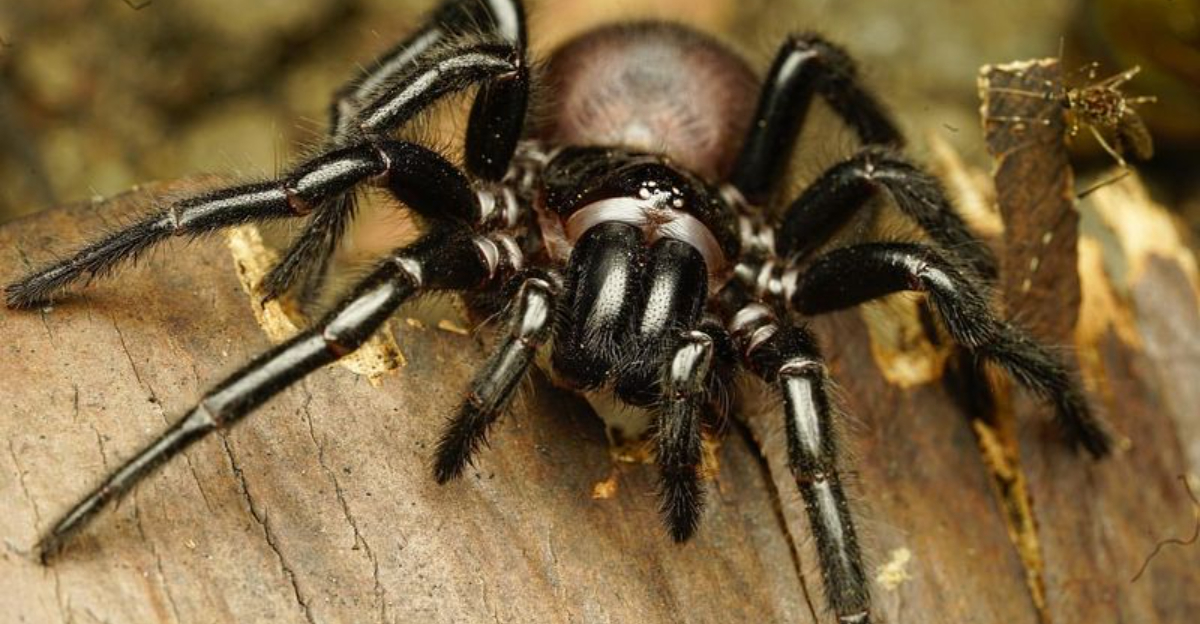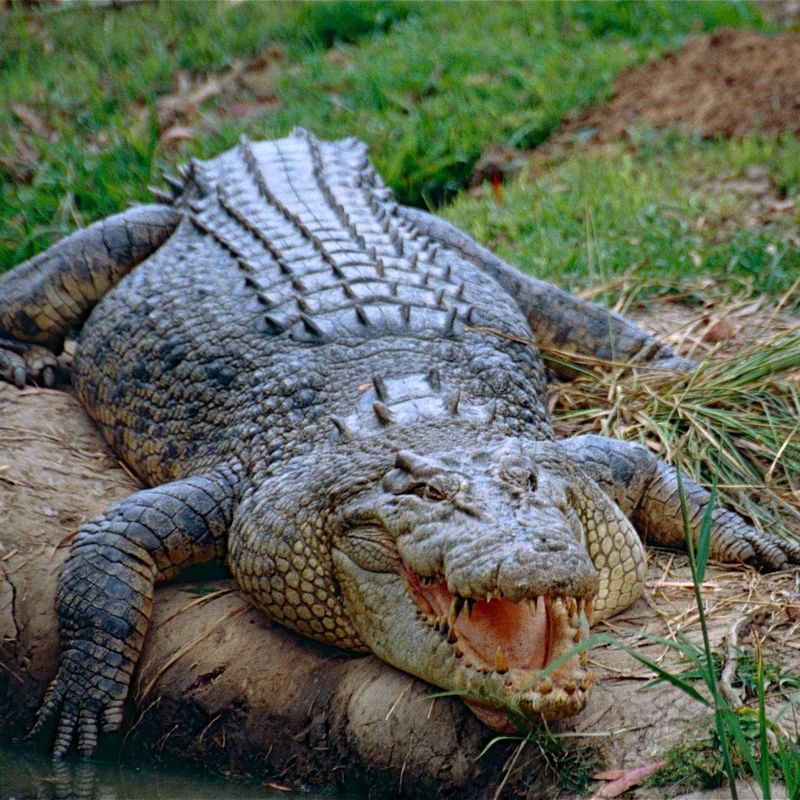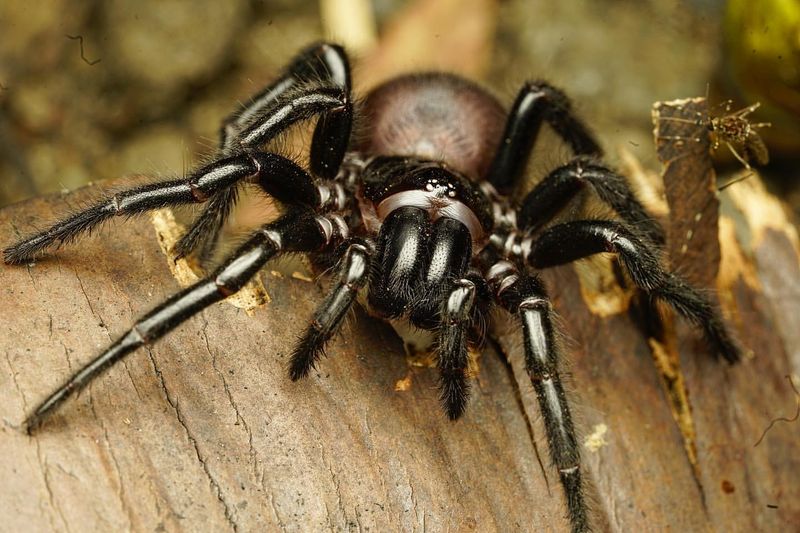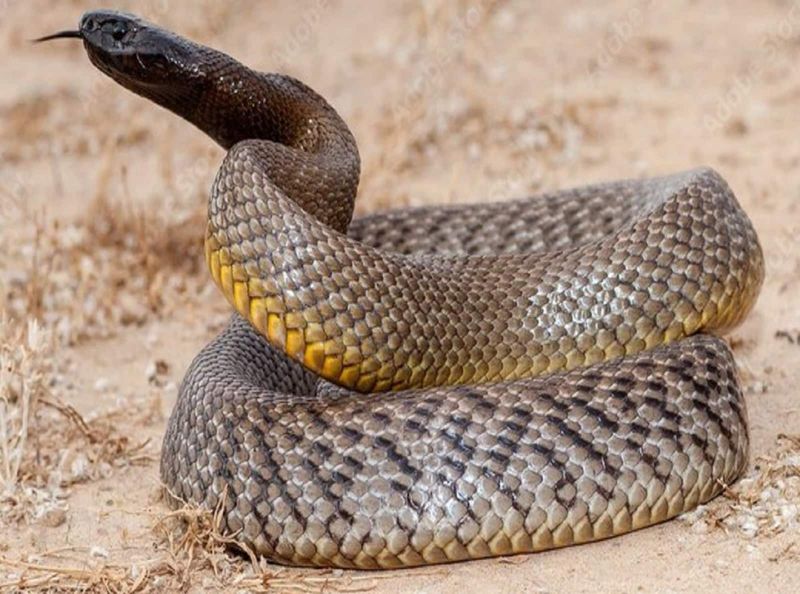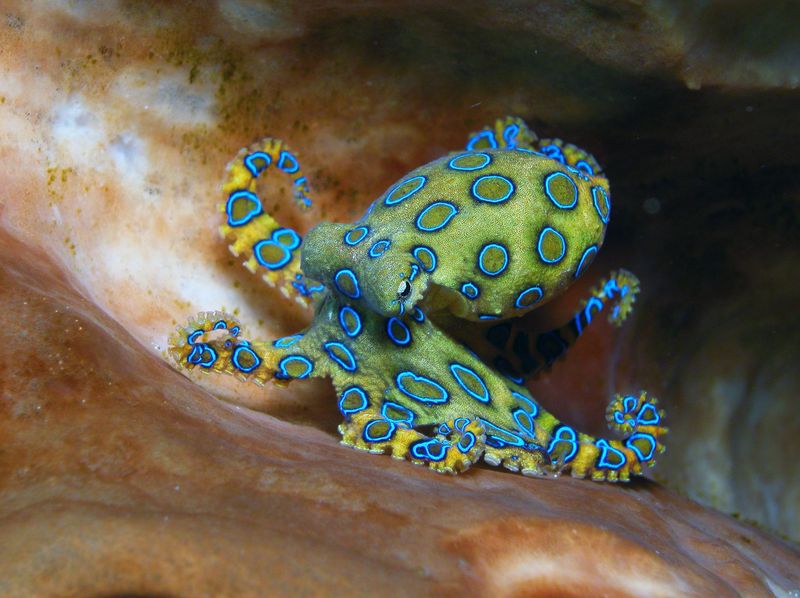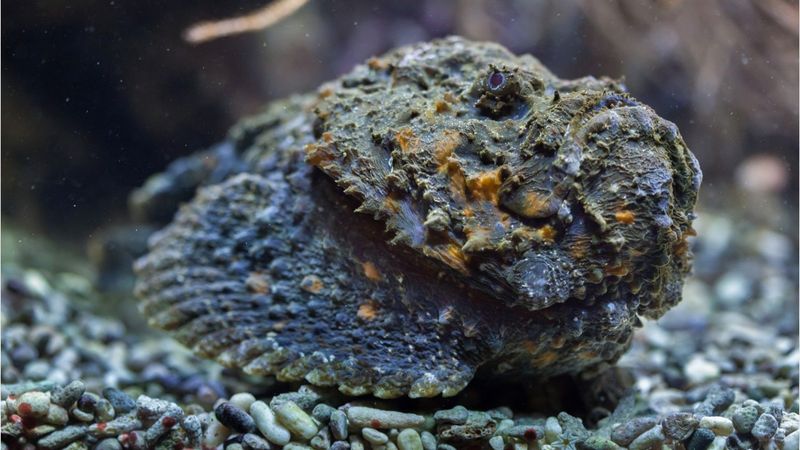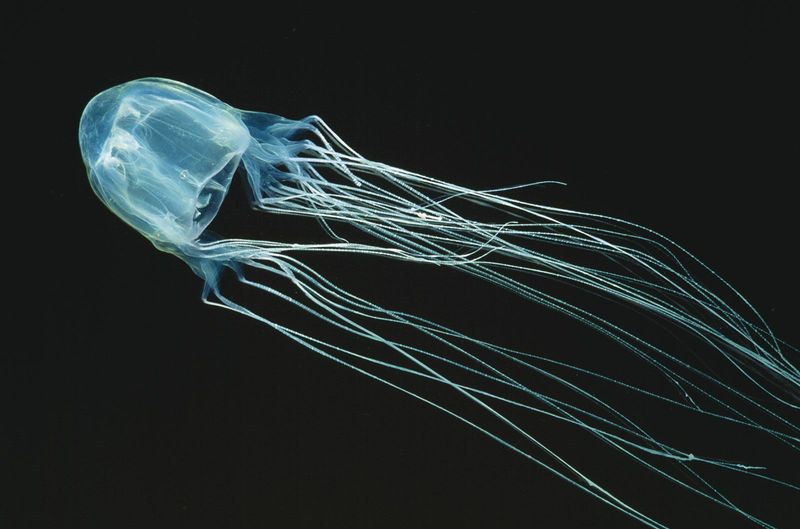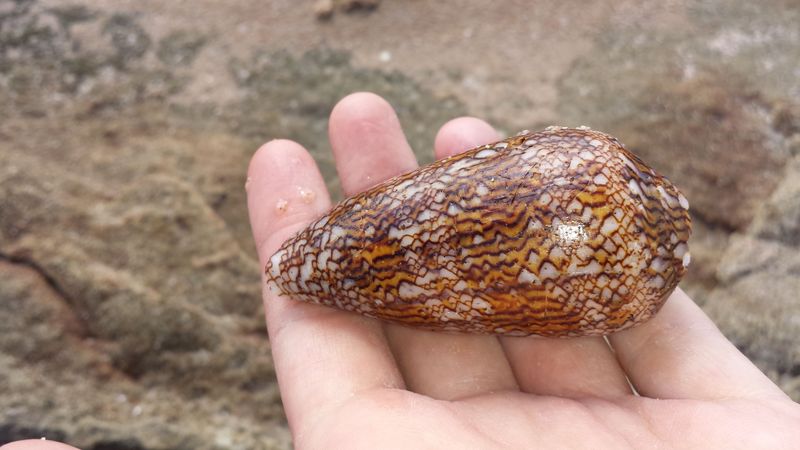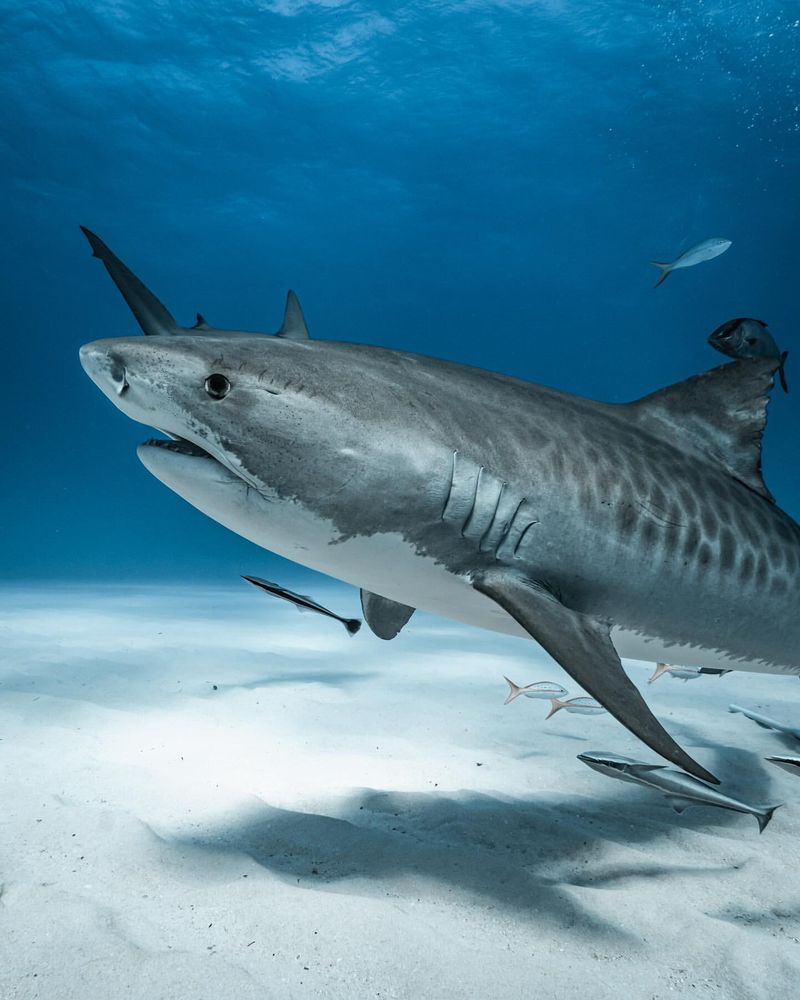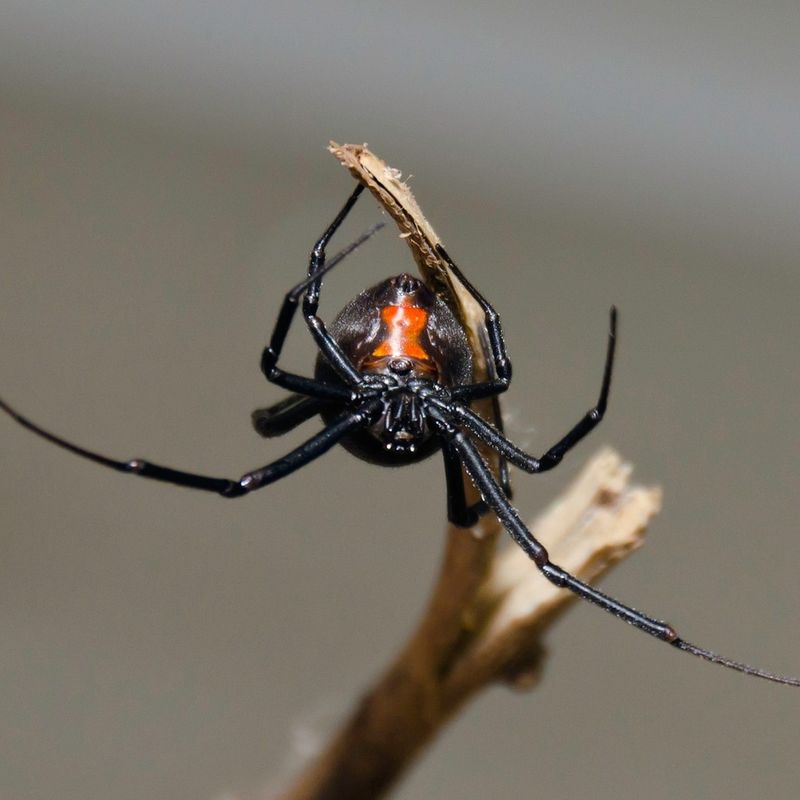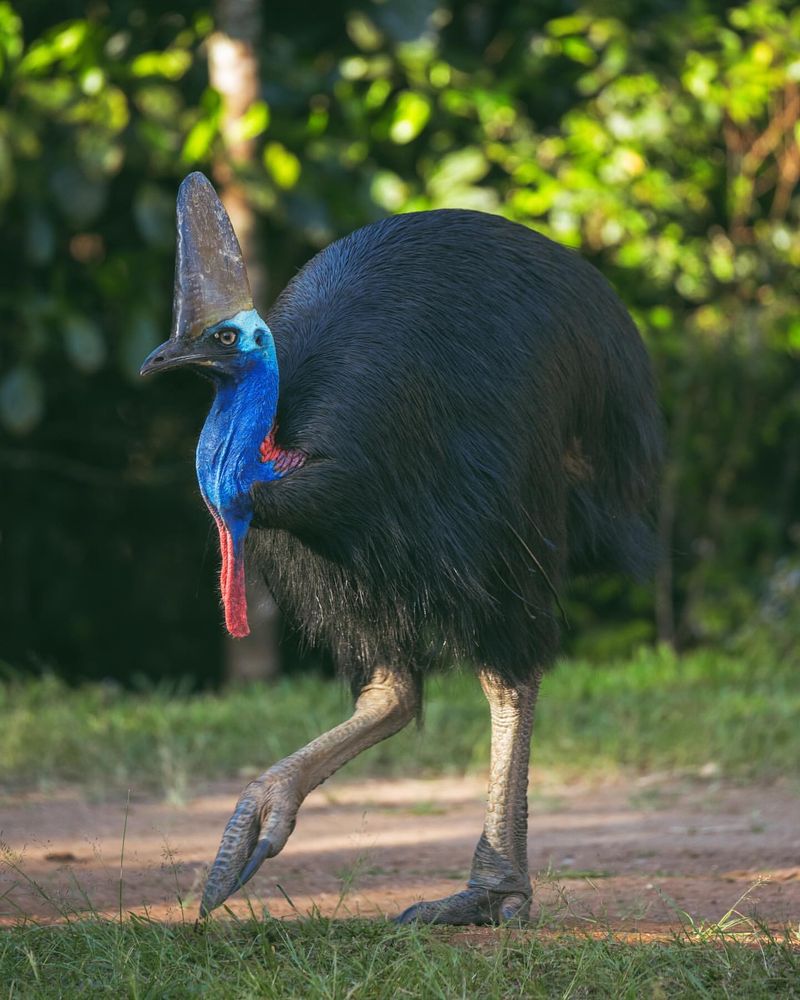📖 Table of Content:
Australia captivates with its stunning vistas and remarkable biodiversity, but beneath its beauty lies a host of dangerous creatures. The country is home to an array of venomous snakes, deadly marine life, and stealthy predators that command respect and caution. These creatures are a testament to the raw, untamed nature of Australia’s wilderness.
Among the most notorious are the inland taipan, box jellyfish, and saltwater crocodile, each possessing lethal qualities that make them formidable. From venom potent enough to kill within minutes to razor-sharp teeth capable of crushing bone, these animals are unmatched in their ability to survive and dominate their environments. Yet, they also play crucial roles in maintaining the balance of Australia’s ecosystems.
Whether on land or in the sea, Australia’s dangerous inhabitants are both awe-inspiring and fearsome. Encountering these creatures up close is a reminder of nature’s power and unpredictability. While their presence demands vigilance, they also highlight the extraordinary diversity that defines Australia’s wildlife.
1. Saltwater Crocodile
Found in the warm waters of Northern Australia, the saltwater crocodile is the world’s largest living reptile. This prehistoric predator is known for its explosive power and stealth. One moment of distraction along riverbanks can be dangerous.
They blend perfectly with their environment, making them nearly invisible until they strike. It’s wise to keep a safe distance and avoid swimming in areas where these ancient hunters roam. Their patience and speed make them formidable.
If you’re exploring near their habitats, heed local warnings and never underestimate their strength. Safety first is the best approach here.
2. Sydney Funnel-web Spider
The Sydney funnel-web spider is infamous for its venomous bite and is native to the East Coast of Australia. This spider prefers cooler, moist environments such as gardens and forests, making it a frequent guest in urban areas.
Their aggressive nature means they stand their ground, rather than flee. With fangs capable of penetrating fingernails, caution is paramount. If bitten, seek medical attention immediately.
Awareness of their presence is crucial in funnel-web territory. Checking shoes and clothing in these areas can prevent unwanted encounters with this arachnid.
3. Box Jellyfish
Dwelling in the warm coastal waters of Northern Australia, the box jellyfish is notorious for its potent sting. Its nearly invisible body makes it a stealthy danger to swimmers.
Each tentacle harbors toxins capable of causing heart failure, which makes prompt first aid crucial. Swimming in stinger nets during jellyfish season is advisable.
If stung, vinegar can help neutralize the venom. Box jellyfish demand respect and caution from anyone venturing into their aquatic domain. Awareness of jellyfish warnings at beaches is essential.
4. Inland Taipan
Also known as the fierce snake, the Inland Taipan is the most venomous snake on the planet. Native to the arid regions of Central Australia, it resides in deep crevices and cracks.
Despite its deadly venom, it is reclusive and rarely encountered by humans. This snake’s bite can cause severe health issues if untreated, making it vital to seek immediate medical help.
When in taipan territory, awareness and respect for these elusive creatures are important. Avoiding confrontation is the best way to coexist safely.
5. Blue-Ringed Octopus
The blue-ringed octopus, found in tide pools and coral reefs, is one of the ocean’s most stunning yet deadly creatures. Its iridescent blue rings are a warning sign of its potent venom.
Even though it’s small, its bite can cause paralysis within minutes. Handling these octopuses can be fatal without immediate treatment.
Admiring from a distance is the safest option. When exploring intertidal zones, vigilance ensures these tiny predators are observed safely and responsibly.
6. Stonefish
This Australian animal is a master of disguise, lurking in the ocean’s sandy depths. Its venomous spines deliver one of the most painful stings known.
Often mistaken for a rock, this fish poses a threat to unsuspecting swimmers who might accidentally step on it. Swift medical attention is crucial after a sting.
Wearing protective footwear in suspected stonefish habitats is advisable to avoid painful encounters. Carefully observing where you step can prevent unexpected injuries in these waters.
7. Irukandji Jellyfish
Small but formidable, the Irukandji jellyfish delivers a powerful sting, unleashing venom that triggers Irukandji syndrome—a severe array of symptoms.
Found in Northern Australia, this jellyfish’s sting can lead to intense pain and life-threatening conditions. Staying informed about jellyfish alerts helps in avoiding stings.
Vinegar may neutralize some of the venom, but medical help is necessary. Wearing stinger suits when swimming in jellyfish-prone areas is a wise precaution.
8. Cone Snail
Beneath its beautifully patterned shell, the cone snail conceals a lethal secret. Dwelling in the warm waters of Australia, it wields a harpoon-like tooth to inject venom.
This small mollusk can cause serious harm if handled. Its sting can lead to paralysis or worse, requiring immediate medical attention.
Admiring these shells from a distance and avoiding handling them is advisable. Awareness of their presence in marine environments prevents dangerous encounters.
9. Tiger Shark
Patrolling the coastal waters of Australia, the tiger shark earns its reputation as a formidable predator, driven by an innate curiosity.
While attacks on humans are rare, their powerful jaws make them a species to respect. Observing local shark warnings and avoiding swimming at dawn or dusk reduces risks.
Shark nets and aerial patrols provide extra safety. Being aware of their presence ensures a safer beach experience. Respect for these apex predators is key.
10. Redback Spider
The redback spider is notorious across Australia for its venomous bite. Found in urban areas, it often inhabits gardens and sheds.
Its bite can cause significant discomfort but is rarely fatal. Nonetheless, medical attention is advised if bitten, especially for children and the elderly.
Regularly checking outdoor areas and taking care when reaching into dark spaces can prevent bites. Awareness and caution make living alongside these spiders manageable.
11. Cassowary
Native to the tropical forests of Northern Australia, the cassowary stands out as one of the most dangerous flightless birds in the world.
With powerful legs and sharp claws, they can defend themselves aggressively if provoked. Caution is crucial when in their habitat.
Distance and respect are advised when observing these birds. Ensuring they feel unthreatened is crucial for safety. Admiring their beauty from afar is the best approach.
